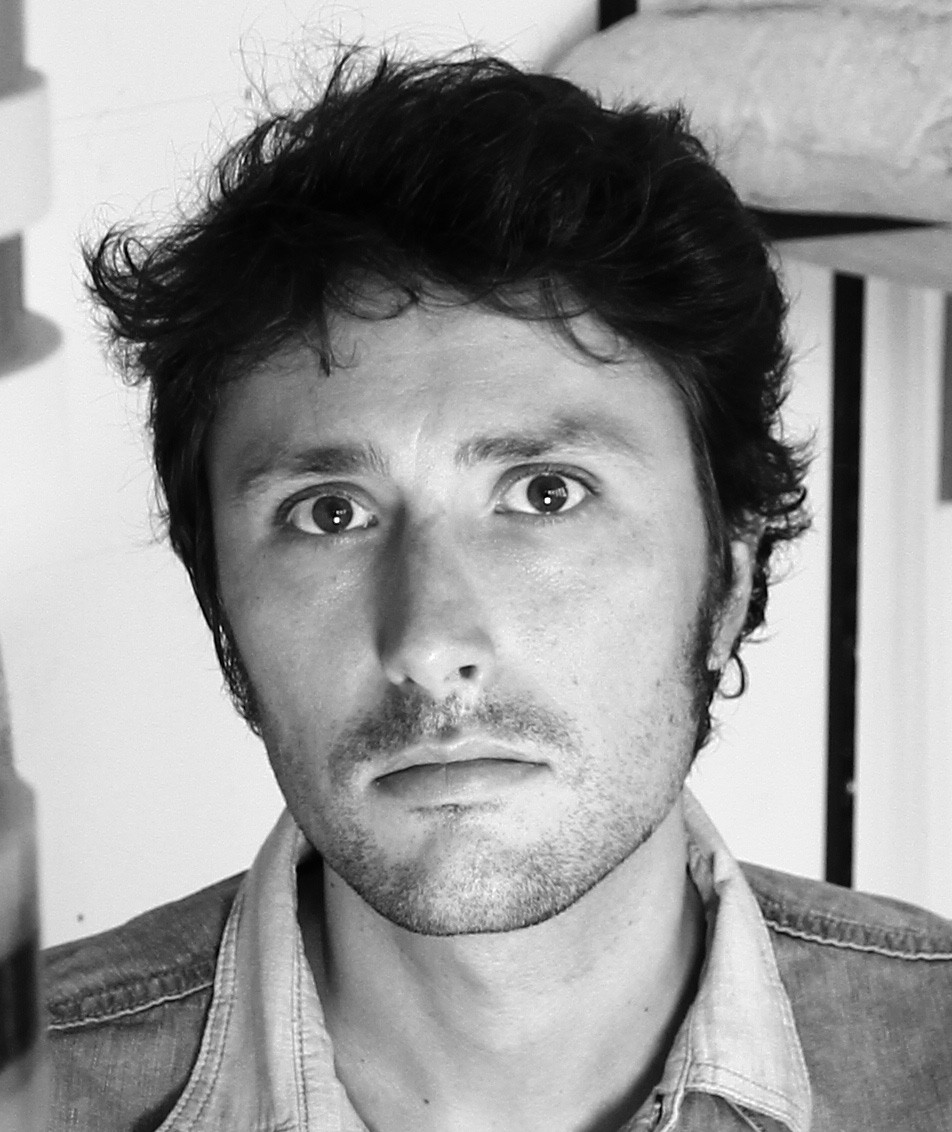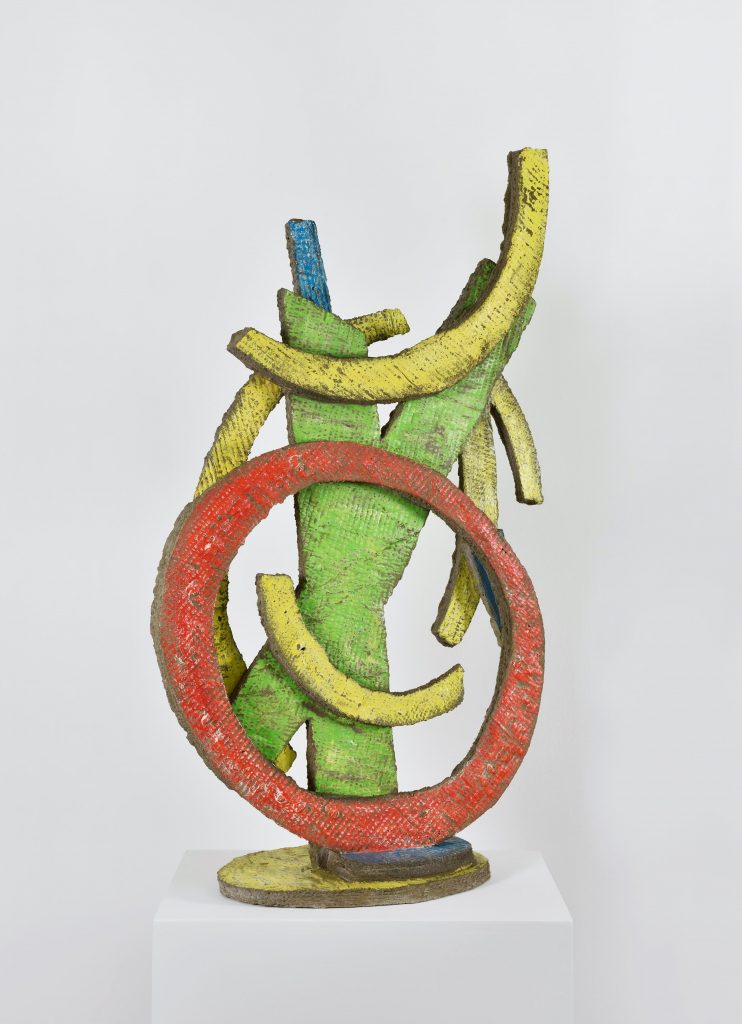Contact us for more information
Benjamin Sabatier, was born in 1977 in Le Mans. He lives and works in Paris.
He comes from a family of visual artists. His parents, former students of Claude Viallat at the Beaux-Arts, were active figures in contemporary art in the 1980s.
At a young age, Benjamin Sabatier participated in the creation of several works in collaboration with the American artist Keith Haring.
Between 1995 and 2001, Benjamin Sabatier studied art at the University of Rennes 2 where he obtained a DEA and the Agrégation. Since 2008, he teaches Visual Arts at the University of Paris 1 Panthéon-Sorbonne.
First exhibitions
In 2002, first appearance in a public institution, at the Palais de Tokyo, where he presents the performance-installation 35 hours of work. It consists in sharpening pencils seven hours a day for five days.
Jérôme de Noirmont offered him his first exhibition, Peinture en Kit, the following year. Benjamin Sabatier chose to place his work under the imperative “Do it yourself”, the best way according to him to “rematerialize” the real.
An artist of action, Sabatier insists in his social approach to art on the importance of the material and the involvement of the spectator. Performance, painting, sculpture, installation, video, he always uses the one that seems to him the most relevant to create meaning. The theoretical influence of Haring and the Support/Surface group on his work forms a singular and explosive cocktail.
From February 4 to March 7, 2005, Benjamin Sabatier presents his new works at the Jérôme de Noirmont Gallery. He continues his reflections on contemporary notions of work, production and consumption applied to art.
The artist likes to say that his work “turns around the pot”, which means that he prefers to remain at the periphery to better question the center.
Imprint of the Support/Surface movement
Benjamin Sabatier is one of those artists who address the world. His artistic practice is inscribed in a socio-economic context where work appears as the model of our current societies.
From afar, these works look like large watercolors dripping: abstract pastel landscapes. It is a true homage that Sabatier pays to the Support/Surface movement, whose legacy he has always claimed. The artist’s relentless experimentation, starting from previous works through their recycling, embarks on a curious psychoanalysis.
Discover the artist: ▶️




